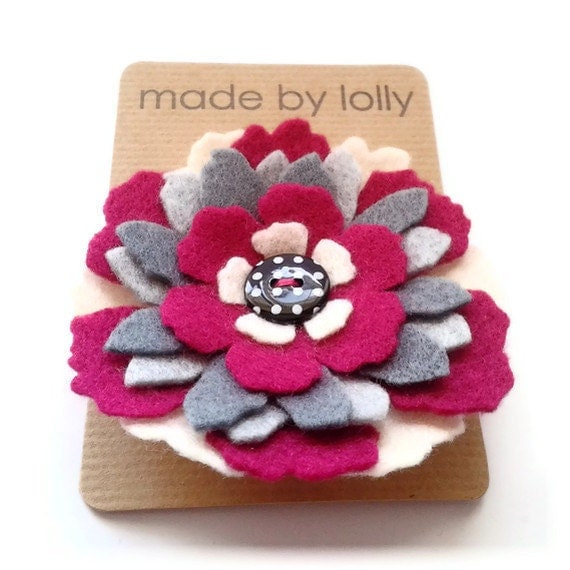 |
| A DIY Custom Colour Chalkboard Chicken! |
As you may have gathered from lots of my previous posts - I am now seriously addicted to
Pinterest!
I mostly use it for ideas and inspiration for
made by lolly - but thanks to the huge diversity of 'pins' available, it is also really easy to find lots of hints and tips for other subjects - including craft tutorials. The DIY craft tutorial that pops up most often is the
'How to make your own chalkboard paint'
The majority of these pins take you back to blog posts written by DIY craft enthusiasts in the US who have all had a go at making chalkboard paint for themselves. Every single one of them has a slightly different recipe, and different hints and tips - but the one thing that unites them is the fact that it actually seems to work!
So... I thought I might have a little go myself...
The most common recipe for DIY chalkboard paint appears to be taken from
Martha Stewart's website and can be found here:
Custom Colour Chalkboard Paint But for my attempt at DIY I wanted to combine this basic recipe with all of the hints and tips that I had found - and convert it for a UK audience!
So... Here is the incredibly simple made by lolly recipe for DIY chalkboard paint:
Powdered Tile Grout, Water, Acrylic Paint : MIX : PAINT
In case that's just a little too minimalist for you,
I have also written out a slightly more detailed recipe:
1. This chalkboard paint is made in the ratio of 1:10
e.g. for each measure of tile grout you will need approximately 10 measures of acrylic paint. For my sample pot I used half a teaspoon of tile grout (2.5ml) and 25ml of paint - for larger amounts just increase the quantities
2. Use 'unsanded' tile grout
3. To avoid lumps, mix the tile grout with a few drops of water before adding the paint, then stir well
The final colour of the chalkboard paint will be a little lighter than the original colour. If you want a very vibrant colour chalkboard paint then make sure you start with a good quality acrylic paint with a high level of pigment!
4. Ensure the item to be painted is clean, dry, dust free and suitable for painting
i.e. some surfaces, such as laminate wood may need to be painted with a suitable primer first
5. Use a roller to apply the paint in thin layers to avoid brush marks
I found my paint dried very quickly and I could re-paint a second and third layer almost immediately
6. Wait at least 2 hours for the paint to completely dry
At this stage you my wish to lightly smooth the surface using sandpaper - but I found that this wasn't necessary with the items I had painted
7. 'Condition' the surface by rubbing the whole area with chalk, then rub off!
Use a damp cloth if necessary
8. Think of silly messages to write on your new chalkboard!
You should be able to use both traditional chalk and chalkboard pens on your newly painted chalkboard!
EDIT: Since I wrote this blog, I have found some really fab tips for how to draw like an artist on a chalkboard on the '
inmyownstyle.com' page. Click
HERE for the link!
Once you've had a go at making a small sample - why not try something a little bigger...
A terracotta plant pot decorated with it's own chalk paint label?
A chalk paint memo board on one of the kitchen cupboards?
A giant chalkboard painted directly onto a child's bedroom wall?
Once you start looking, you'll be surprised at what uses you can find for chalkboard paint!
Please feel free to use my chalkboard paint tutorial to create some projects of your own! I'd love to know what you use it for!
Leave me a comment below if you think you might try this for yourself!

 The Gift Gallery is one of the most lovely shops I have had the pleasure of visiting, in that in only sells handmade items produced by a range of designers and craftspeople from across the UK and Ireland (including my felt accessories!)
The Gift Gallery is one of the most lovely shops I have had the pleasure of visiting, in that in only sells handmade items produced by a range of designers and craftspeople from across the UK and Ireland (including my felt accessories!) 












